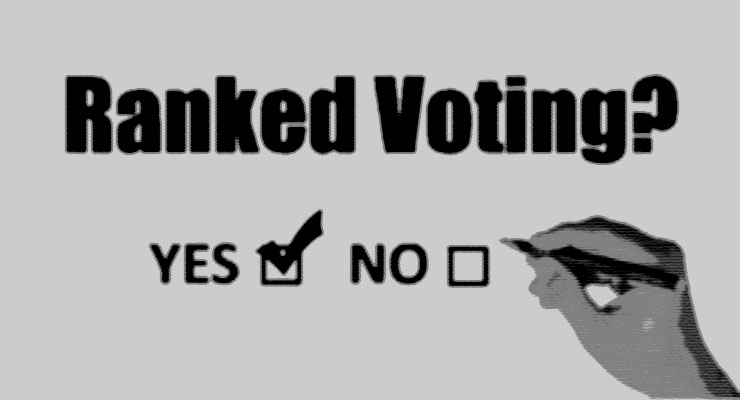
So what is ranked voting? According to Democracy Chronicles’ friends at the nonpartisan nonprofit FairVote, an organization with its headquarters in Takoma Park, Maryland:
Ranked choice voting (RCV) makes democracy more fair and functional. It works in a variety of contexts. It is a simple change that can have a big impact. With ranked choice voting, voters can rank as many candidates as they want in order of choice. Candidates do best when they attract a strong core of first-choice support while also reaching out for second and even third choices.
However, when Ranked Choice Voting (RCV) is evoked most people think of traditional elections for public officials or representatives. However, it is a voting method that is increasingly in use elsewhere, including at the Oscars where it is again proving how efficient it is. Haly Jungwirth had this information in FairVote. Here is an excerpt:
It’s election season again! No, not the midterms, but the Academy Awards, where ranked choice voting (RCV) proves that it works for more than just political elections. When the official nominations are announced on February 8th, many of us will ask ourselves which film we want to win, and I bet we all subconsciously rank them too. Was ‘Dune’ your favorite movie from this year? What was your second favorite? Was it ‘King Richard’? How about ‘The Tragedy of Macbeth’? This is how ranked choice voting works: if your first choice doesn’t win, you are still able to express support for your second, and third choices, which still have an opportunity to win the big prize.
In the case of The Academy, over 9,300 people from the film industry pick the nominees. The Academy uses proportional ranked choice voting, in which members in each branch of The Academy vote for up to five candidates in their respective category. For example, actors vote for the nominees for Best Actor. In order to receive a nomination, a candidate must receive approximately 17% of the votes. It works something like this: the candidate who receives the lowest number of votes is removed from the race and the votes they received are distributed to the voters’ second choices. This process continues until five candidates have reached the 17% threshold. If, however, one nominee sails past the 17% threshold, each individual who ranked that candidate first, gets a fraction of their vote back and that fraction be applied to their second choice. This way, no votes are wasted, and almost everyone sees a nominee they are happy with up for an award.
Continue reading here. Also see related Democracy Chronicles articles like those on Voting Methods, Direct Democracy, and definitely check out our main Voting Methods section.
Leave a Reply